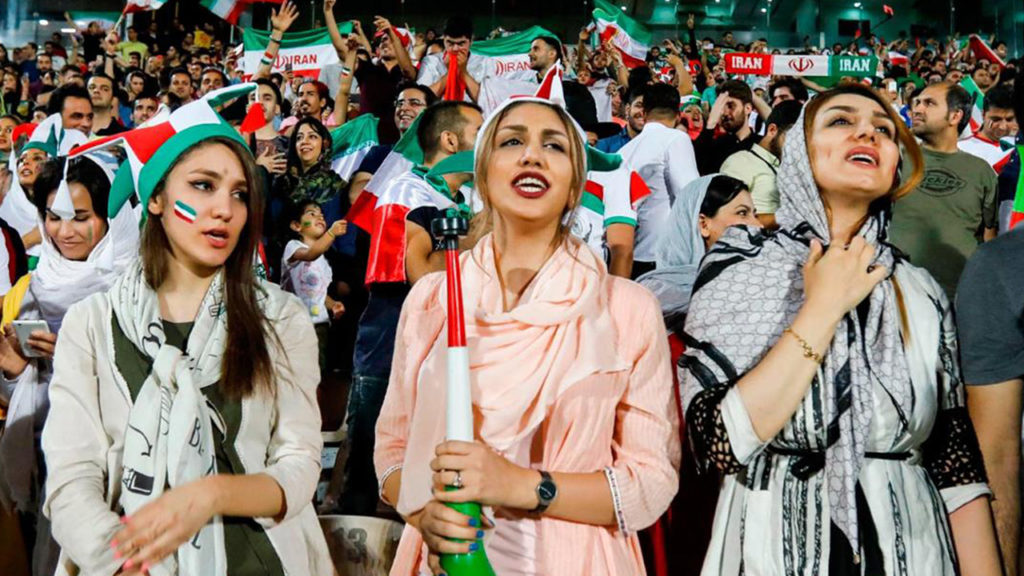A recent study from Nielsen shows that advertisers shouldn’t discount female audiences. Traditionally, soccer fandom has been male-dominated and male-centric, partly due to a history of excluding women women from attending a game or playing the sport. Saudi Arabia, for example, allowed women to attend soccer games for the first time this year.
However, the Nielsen study, which surveyed fans across 18 markets in 2017, found that 31 percent of women surveyed were interested in watching the most popular sport in the world. They also represent a younger audience, with women mostly around ranging from 18-24 in age, stating that they intended to watch the World Cup on TV, while most men who said the same were 35-44.
According to Nielsen’s findings, this year’s World Cup advertising campaigns have a 56 percent chance of reaching an 18-34-year-old female demographic. This is a significant increase from the previous World Cup in 2014, which reached about 38 percent of women.
Although the Men’s World Cup holds the greatest appeal for fans, with 70 percent of women stating that they found it “very appealing,” it isn’t the only event that has a growing audience. Nielsen found that 58 percent of females expressed great interest in the Women’s World Cup.
“Now is the time for advertisers to capitalize on fans’ attention and make sure they’re reaching female audiences effectively,” wrote Nielsen’s UK watch commercial director Barney Farmer.
Nielsen also warns advertisers to not disregard television as a key platform as they execute their digital and mobile plans, as only nine percent of the UK planned to watch this year’s World Cup on a mobile device or tablet.
Despite all this, according to Nielsen, ratings are down 42 percent in the US for the 2018 World Cup—primarily due to the US men’s national team not qualifying.

